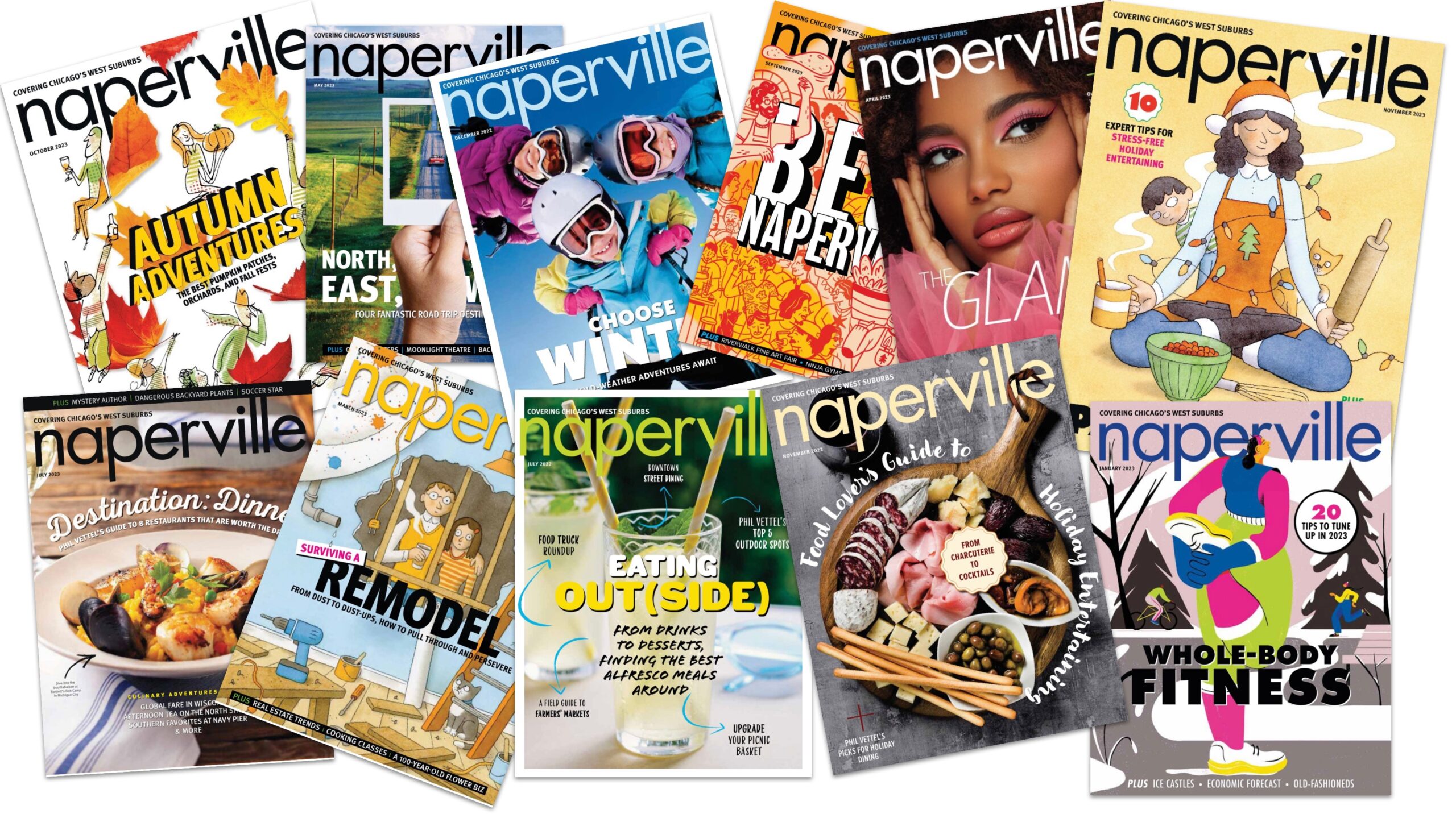
How to See NYC
New York City lives up to the hype Go ahead—be a tourist. That should be the No. 1…
Read Full Post

Bulbs and Beyond
Holland, Michigan’s tulip festival is one of the town’s many Dutch treats Few things…
Read Full Post
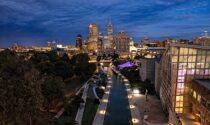
Inside Indy
Indianapolis is having a moment There’s a lot more to Indianapolis than a certain auto…
Read Full Post
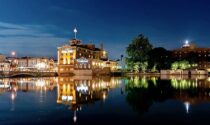
Swanky Staycations
Plot a getaway without leaving the suburbs with these local lodgings Whether you’re…
Read Full Post

Discover Columbus (Indiana)
A place where Hoosier hospitality and world-class architecture come together While central…
Read Full Post
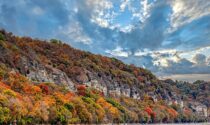
Color Run
Western Illinois’ Great River Road is a leaf-peeper’s dream drive If you’re looking…
Read Full Post
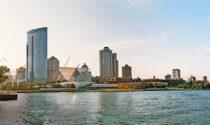
Something’s Brewing
Where to eat, drink, and stay at the “other” city on the lake Boasting beaches, brews,…
Read Full Post
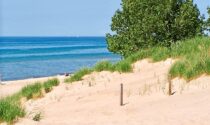
NWI PDQ
Northwest Indiana carves out an identity all its own To grow up in northwest Indiana…
Read Full Post

Four Times the Fun
Straddle the Mighty Mississippi on a trip to the Quad Cities Like siblings who share…
Read Full Post

Glacial and Palatial
Lake Geneva’s Ice Castles captures wintry magic It’s a marvel of icicle agriculture…
Read Full Post
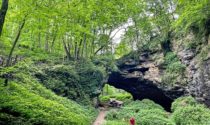
Yes, This is Iowa
Head west for a spelunking adventure It’s pretty much rolling farmland as far as the…
Read Full Post

Shore Thing
Nestled along Lake Michigan and the Kalamazoo River—a three-hour drive from Naperville—Saugatuck,…
Read Full Post

